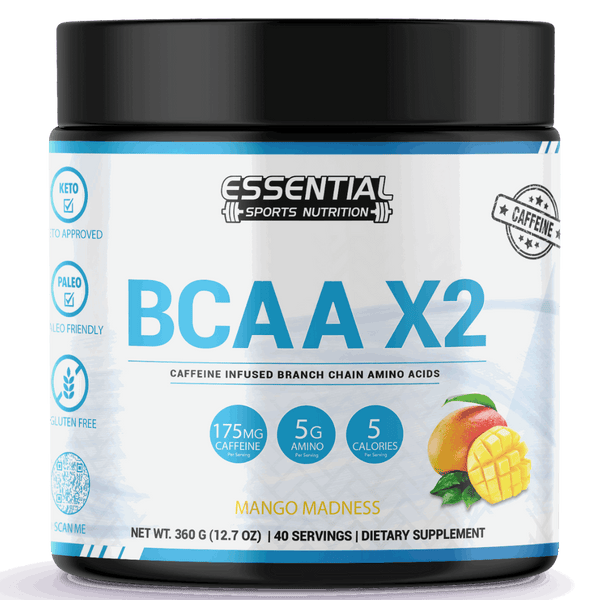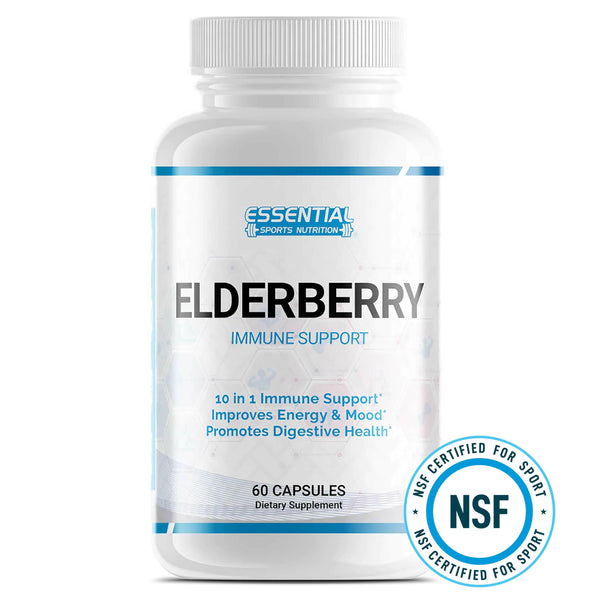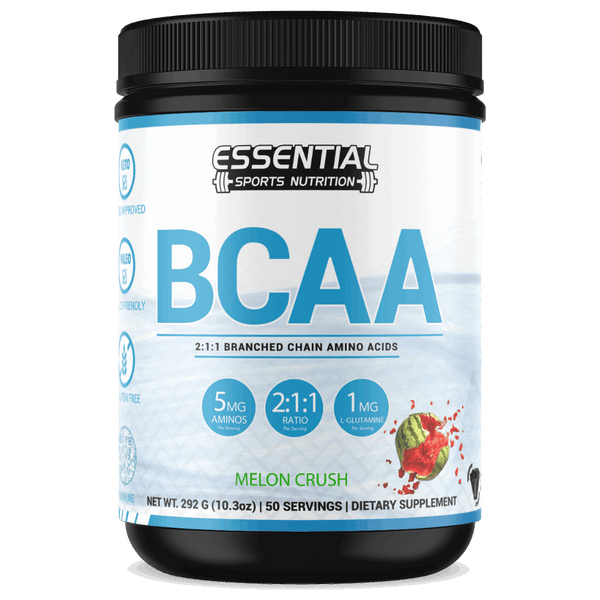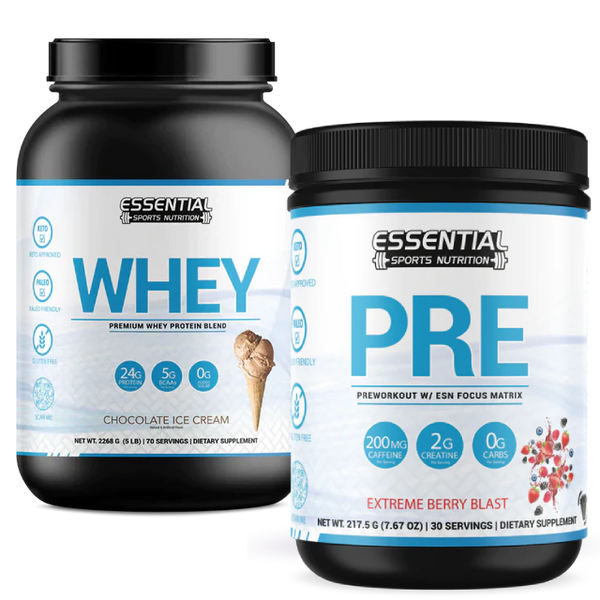Understanding Protein Absorption Rate: How Much Protein Can Your Body Absorb?
Protein is key for muscle growth, health, and a good diet. It helps build and fix tissues, makes enzymes and hormones, and is a basic part of bones, muscles, cartilage, skin, and blood. But, it's not just about eating protein. Your body needs to absorb it well, too.
How fast your body absorbs protein affects muscle growth and health. High-quality proteins, like whey, are absorbed quickly, about 8-10 grams per hour. Knowing this can help you eat better and ensure you get the most from your protein.

Key Takeaways
- Protein is vital for muscle growth and overall health.
- Efficient protein absorption is crucial for maximizing benefits.
- High-quality proteins, like whey, are absorbed at 8-10 grams per hour.
- Understanding absorption rates helps optimize your diet.
Introduction to Protein Absorption
Learning about protein absorption is key to getting the most from your diet. It's how your body breaks down proteins into amino acids for use. This is vital for fixing and growing muscles.
What you eat and when can change how well your body absorbs protein. Choosing the right proteins and eating them at the right time helps. This is especially true for athletes and those who want to build muscle.
Whether you're looking to get better at sports, build muscle, or stay healthy, knowing about protein absorption is crucial. It helps your body use protein for muscle growth and other important tasks.
Next, we'll look at what affects protein absorption, different protein sources, and how to improve muscle growth and health through nutrition.
What is Protein Absorption?
Understanding protein absorption is key to getting the most from your protein intake. It's the process of breaking down proteins into amino acids. These amino acids then move through the intestinal lining into your bloodstream.
The Science Behind Protein Absorption
Protein absorption mainly happens in the small intestine. After proteins are broken down into amino acids, they go into the bloodstream. From there, they are sent to different tissues for various functions.
Important factors include protein metabolism and liver regulation. These ensure amino acids are ready for muscle growth and other essential processes.
Importance of Protein Absorption
Good protein absorption is vital for muscle growth and repair. If absorption is poor, it can affect how well your body uses protein. Keeping your liver working well and avoiding too much amino acid oxidation helps maintain efficient absorption.
Factors Affecting Protein Absorption
- Digestion: Different proteins digest at different speeds, affecting how fast they are absorbed.
- Metabolism: How your body metabolizes proteins can influence absorption and use.
- Protein Source: Whether the protein comes from animals or plants can impact absorption efficiency.
- Age: As you get older, digestion and absorption changes can affect protein processing.
- Activity Levels: Being active can help improve protein absorption and use.
Bioavailability of Different Protein Sources
It's key to know how different proteins work in your body. This helps you choose the best foods and supplements. We'll look at animal and plant proteins, and how supplements can help.
Animal-Based Proteins vs. Plant-Based Proteins
Proteins from animals, like whey and casein, are very easy for our bodies to use. They come from meat, dairy, and eggs. These proteins have all the amino acids we need.
Plant proteins, found in beans, lentils, and quinoa, are not as complete. They often miss one or more amino acids. But, they're still good for us. Mixing different plant proteins can give us all the amino acids we need.
The Role of Protein Supplements
Protein supplements, like whey protein powders, are very helpful. They make it easy to get more protein, especially after working out. Supplements help us meet our daily protein needs, especially if we can't get enough from food.
Knowing how different proteins work helps us make better food choices. Here's a quick look at some common protein sources:
| Protein Source | Bioavailability |
|---|---|
| Whey Protein | High |
| Casein | High |
| Plant Proteins | Moderate to Low |
Protein Digestion Kinetics
Understanding how proteins are digested is key to a good diet. It helps your body use proteins well. Let's explore the digestion process and its effects on the body.
Stages of Protein Digestion
Protein digestion starts in the mouth. Chewing breaks down food into smaller pieces. This makes it easier for enzymes to work on it.
After swallowing, the food goes to the stomach. Here, acid and enzymes break it down into smaller pieces. These pieces then move to the small intestine.
In the small intestine, enzymes from the pancreas finish breaking down the protein. They turn it into amino acids. These amino acids are then absorbed by the body.
Impact on Protein Utilization
How well proteins are digested affects how well the body uses them. Fast digestion means quicker amino acid absorption. This is important for muscle recovery and health.
Slow digestion can lead to an incomplete breakdown. This reduces digestibility and limits amino acid availability. Knowing about protease enzymes and digestion helps you make better dietary choices. It supports your fitness goals.
Protein Absorption Rates: Detailed Insights
It's important to know how proteins are absorbed by the body. This affects how muscles repair and grow. Different proteins absorb at different rates.
How fast amino acids are absorbed matters too. Whey protein, for example, is quickly absorbed. This leads to a quick increase in amino acids, helping muscles grow fast. On the other hand, casein protein is absorbed slowly. It keeps amino acids in the body longer, helping maintain muscles.
It's also key to understand the protein dose response. Eating the right amount of protein at the right times boosts muscle growth. Research shows that 20 to 30 grams of high-quality protein in one meal is best for muscle growth.
Let's look at how different proteins affect muscle growth:
| Protein Source | Absorption Rate | Impact on Muscle Protein Synthesis |
|---|---|---|
| Whey Protein | 10 g/h | High, rapid spike in amino acid availability |
| Casein Protein | 6 g/h | Prolonged, steady release of amino acids |
| Soy Protein | 4 g/h | Moderate, intermediate response in muscle protein synthesis |
| Egg Protein | 3 g/h | Moderate, balanced amino acid availability |
Considering these differences, eating protein in 3-4 meals a day is good. It keeps amino acids in your body, helping muscles grow and stay healthy.
Amino Acid Absorption and Its Significance
Knowing how amino acids are absorbed is key to understanding how protein helps build and repair muscles. This part explains the difference between essential and non-essential amino acids. It also highlights the importance of branched-chain amino acids (BCAAs).
Essential vs. Non-Essential Amino Acids
Amino acids are crucial for our bodies, divided into essential and non-essential types. Essential amino acids can't be made by our bodies and must come from food. These amino acids are vital for health and growth.
Essential Amino Acids: These include leucine, isoleucine, valine, and others. They play big roles in building muscle.
- Non-Essential Amino Acids: Our bodies make these, so we don't need to get them from food. They are still important.
The Role of Branched-Chain Amino Acids (BCAAs)
BCAAs, which are part of essential amino acids, have a big impact on muscle metabolism. They are mostly broken down in muscles, not the liver. This helps with muscle growth and recovery.
- Leucine: This BCAA is especially important. It starts the process of building muscle protein.
- Isoleucine: It helps with energy and immunity, working with leucine.
- Valine: It helps with energy and fixing muscles.
How well we absorb amino acids, especially BCAAs, affects muscle recovery and growth. Knowing how to absorb them better can help you choose the right protein for muscle building.
Dietary Protein Utilization: Key Points

Understanding how your body uses protein is key for fitness and muscle growth. It's important to spread out your protein intake and match it with your workouts. This helps your muscles grow and improves your performance.
Optimizing Protein Intake
To get the most from protein, focus on when and how much you eat. Aim to have protein at every meal to keep your muscles building. This way, you get the most from your workouts.
- Spread protein intake evenly across 3-4 meals.
- Include 20-30 grams of high-quality protein per meal.
- Focus on protein-rich foods like lean meats, dairy, and legumes.
Maximizing Muscle Protein Synthesis
To build muscle, plan your meals and workouts carefully. Eating protein before and after working out helps your muscles grow. This timing gives your body the right nutrients to repair and build muscle.
- Consume a protein-rich meal within 30 minutes post-exercise.
- Incorporate both fast-digesting and slow-digesting protein sources.
- Utilize protein supplements if necessary to meet your daily needs.
| Meal Timing | Protein Source | Benefits |
|---|---|---|
| Breakfast | Eggs, Greek yogurt | Kickstarts muscle protein synthesis |
| Pre-Workout | Whey protein, chicken breast | Provides energy and supports muscle repair |
| Post-Workout | Whey protein, tuna | Boosts recovery and maximizes hypertrophy |
| Evening Meal | Casein protein, cottage cheese | Sustains protein levels overnight |
Protein Source Quality and Muscle Growth
The quality of your protein sources is key for muscle growth and repair. Choosing high-quality proteins ensures your body gets all the amino acids it needs. This helps drive muscle protein synthesis effectively.
The Best Sources for Muscle Protein Synthesis
To boost muscle growth and repair, add high-quality proteins to your diet. Here are some top picks:
- Whey Protein: Known for its rapid absorption rate and high leucine content.
- Chicken Breast: A lean source packed with essential amino acids.
- Eggs: Offer a complete amino acid profile crucial for muscle repair.
- Fish: Such as salmon and tuna, known for both protein and omega-3 fatty acids.
Combining Different Protein Sources
Mixing different protein sources can give you a more complete amino acid profile. This mix ensures your body has all the building blocks for muscle growth. Some great combinations include:
| Protein Combination | Benefits |
|---|---|
| Whey + Casein | Offers both fast and slow-releasing proteins for sustained muscle repair. |
| Chicken + Quinoa | Provides complete protein with added fiber and nutrients. |
| Eggs + Beans | Combines animal and plant proteins for diverse amino acid profiles. |
| Fish + Lentils | Marries animal protein with plant-based benefits, including fiber. |
Conclusion

Protein metabolism is key to your body's health. Proteins help build muscles and tissues. They also play a big role in making energy and other important processes.
When you eat protein, it breaks down into amino acids. These amino acids then go into your bloodstream. The liver helps sort them out and sends them to different parts of your body.
A big part of amino acid metabolism is gluconeogenesis. This is when your body turns amino acids into glucose, especially when you're fasting or exercising hard. It helps keep your blood sugar levels stable. Also, amino acids are used for energy in your cells.
In short, knowing about protein metabolism shows how proteins do more than just build muscles. They're vital for energy and keeping your body's systems balanced. By understanding gluconeogenesis and amino acid metabolism, you can improve your diet and supplements. This helps keep your body's metabolism in top shape.
How Much Protein Can Your Body Absorb FAQ's
Q: What is protein absorption?
A: Protein absorption is when the body breaks down proteins into amino acids. These amino acids then move into the bloodstream through the intestines. This process is key for muscle growth and health.
Q: Why is understanding protein absorption rates important?
A: Knowing how fast proteins are absorbed helps you eat right for muscle growth. The body can only take in about 8-10 grams of protein at a time. This is especially true for fast-absorbing proteins like whey.
Q: What factors affect protein absorption?
A: Several things can change how well proteins are absorbed. These include the type of protein, how fast it's digested, metabolism, age, activity level, and the quality of the protein.
Q: What are the stages of protein digestion?
A: Protein digestion starts when you eat and chew. It then breaks down in the stomach and small intestine. The final step is when amino acids are absorbed into the bloodstream. These steps are important for using proteins for muscle building.
Q: What is the role of Branched-Chain Amino Acids (BCAAs) in muscle protein synthesis?
A: BCAAs, especially leucine, help build muscle by starting important repair processes. They help the body use dietary proteins more efficiently for muscle growth.
Q: How can you optimize dietary protein intake for muscle growth?
A: To get the most from protein, focus on when you eat it and spread it out. Mix animal and plant proteins for a full amino acid profile. Taking protein supplements after working out can also help with muscle growth.
Q: What are the best sources of protein for muscle growth?
A: The best proteins for muscle growth are high-quality ones like meat, dairy, eggs, and protein supplements. Mixing these with plant proteins can give you a better amino acid mix for muscle repair and growth.
Q: How does protein metabolism influence overall health?
A: Protein metabolism is key for health by providing building blocks for tissues and enzymes. It also helps with energy production and regulates metabolism. The liver processes amino acids for energy or repair needs.
Q: How many grams of protein can the body absorb in one sitting?
A: The body can absorb much protein in one sitting, but research suggests that around 30 grams of protein is often a practical limit for protein consumption per meal to maximize muscle protein synthesis.
Q: How much protein can the body absorb per day?
A: The amount of protein the body can absorb per day varies based on individual factors, such as body weight and activity level. Generally, it is recommended to space out your protein intake throughout the day to optimize the absorption and utilization of protein consumed.
Q: Does the type of protein affect how much protein the body can absorb?
A: Yes, the type of protein can impact absorption rates. For example, whey protein isolate is often absorbed more quickly compared to casein or plant-based proteins like pea protein. This can influence how much protein is effectively utilized by the body.
Q: Is it beneficial to consume protein shakes for my protein intake?
A: Yes, protein shakes can be a convenient way to increase your protein intake, especially for those who have higher protein requirements. They can help you reach your daily protein intake goals quickly and efficiently.
Q: How can I space out my protein consumption throughout the day?
A: To effectively space out your consumption of protein throughout the day, aim to include a source of protein in each meal and snack. This helps ensure that your body can absorb protein consistently, maximizing muscle protein synthesis.
Q: Can consuming too much protein be harmful?
A: While increased protein consumption can be beneficial for muscle building and recovery, excessively high protein intake can lead to potential health issues, such as kidney strain in individuals with pre-existing conditions. It's important to consult with a healthcare provider for personalized recommendations.




























